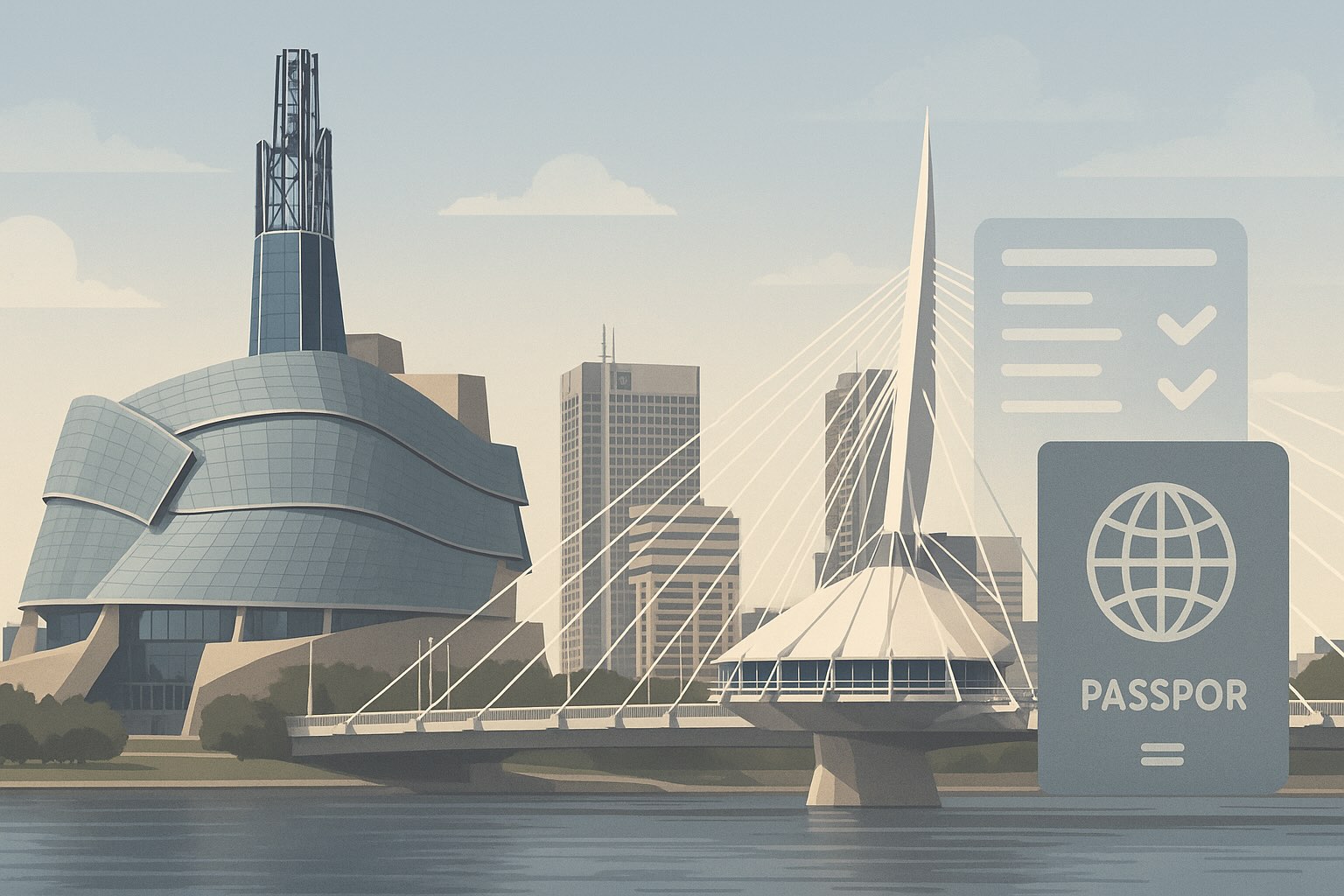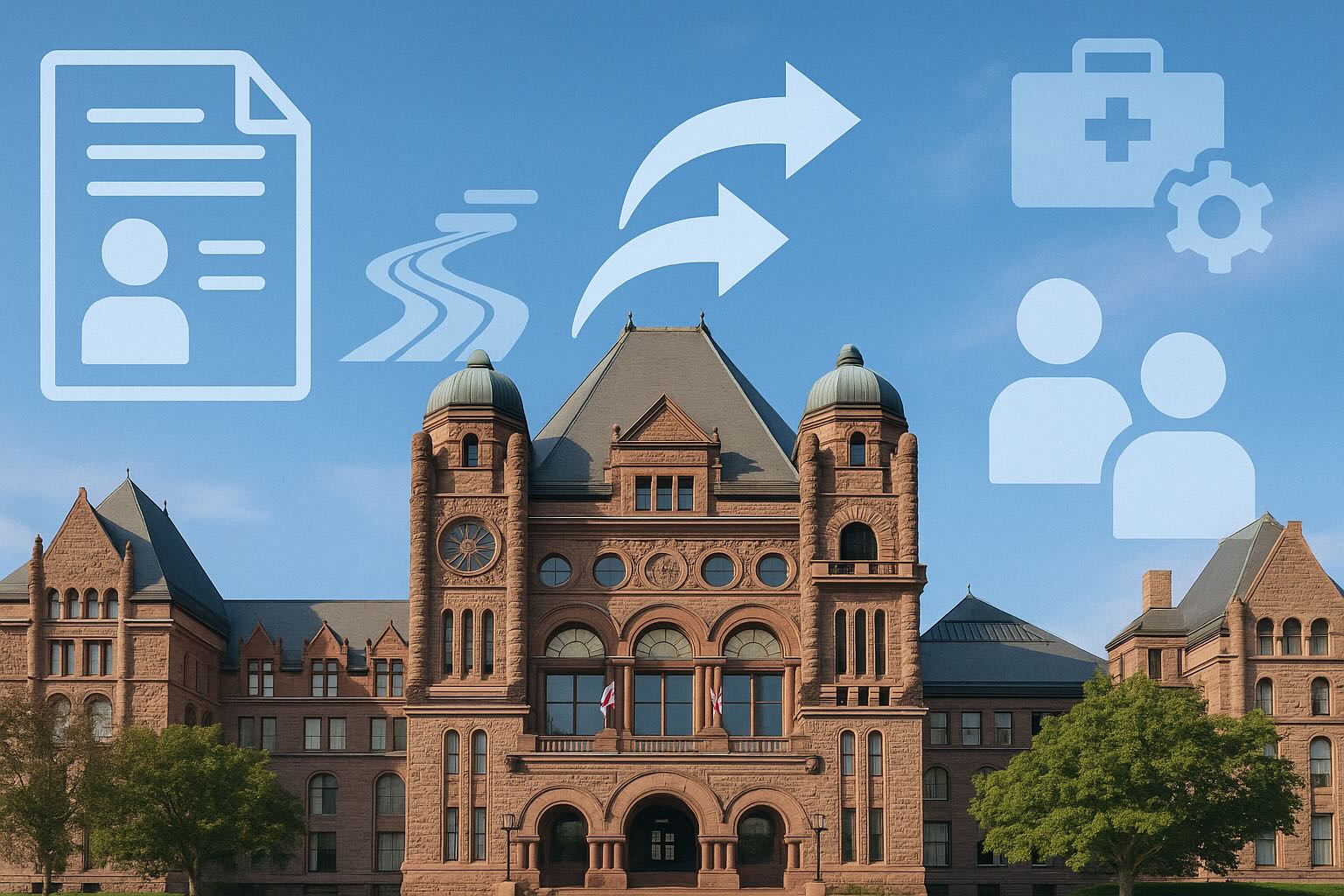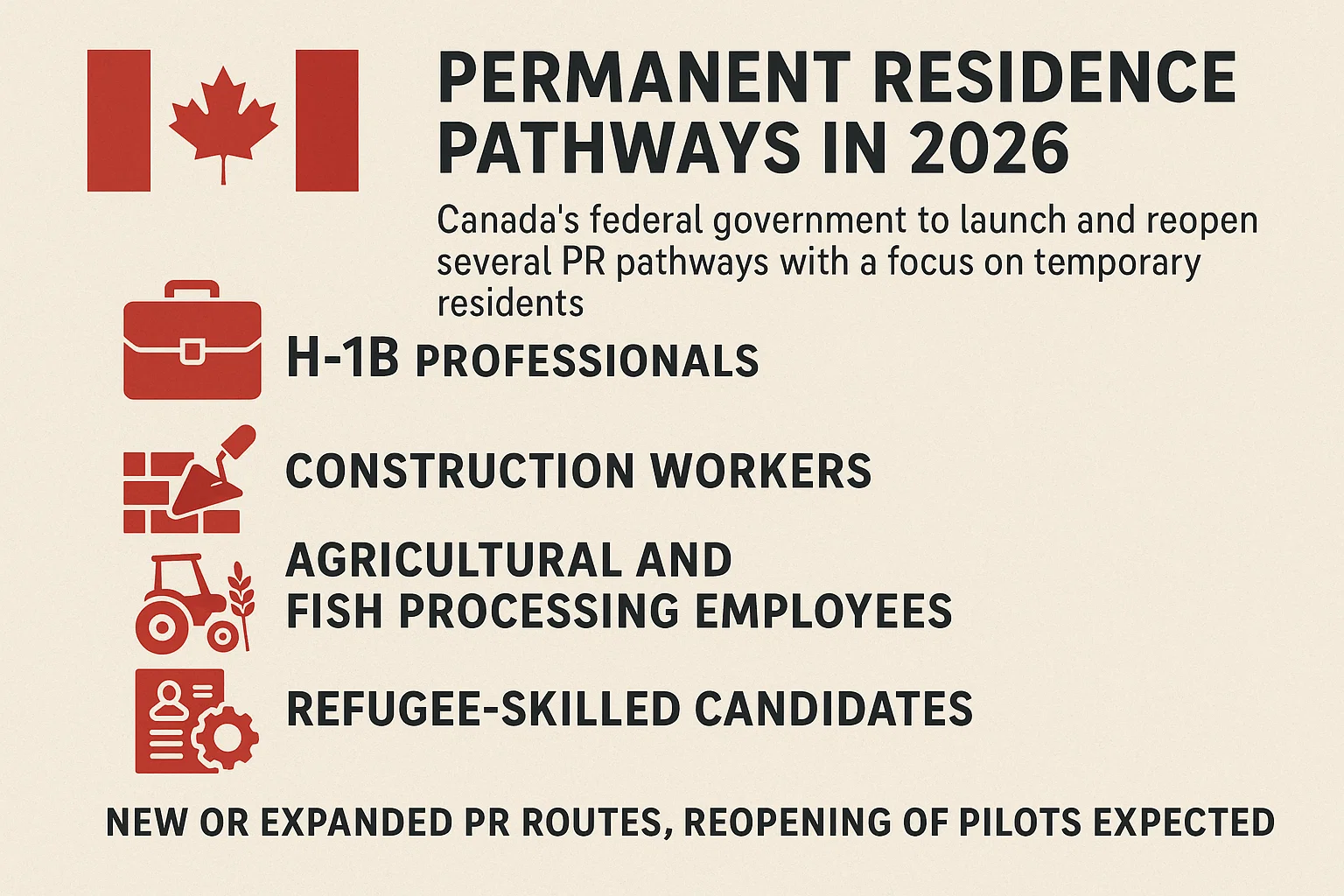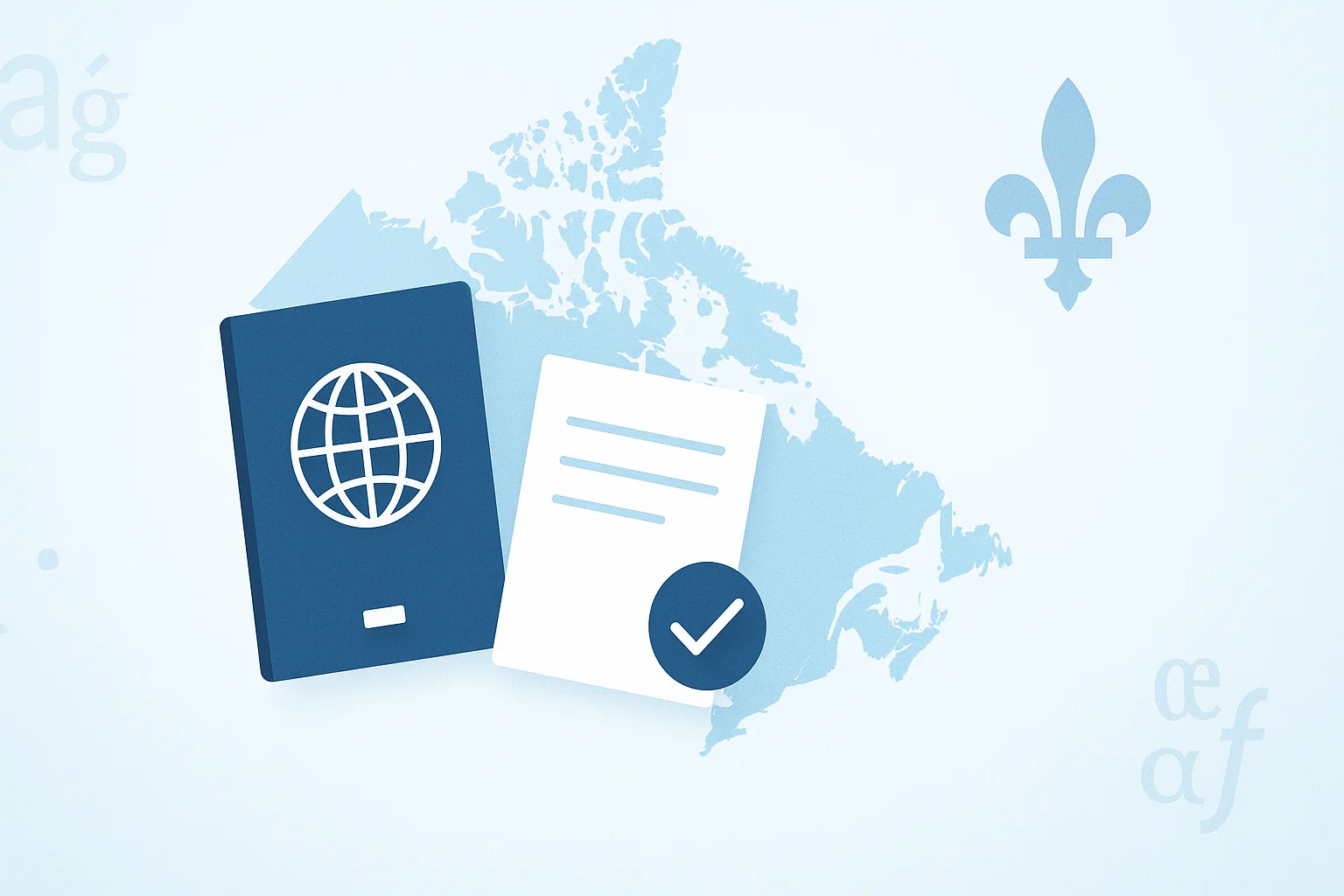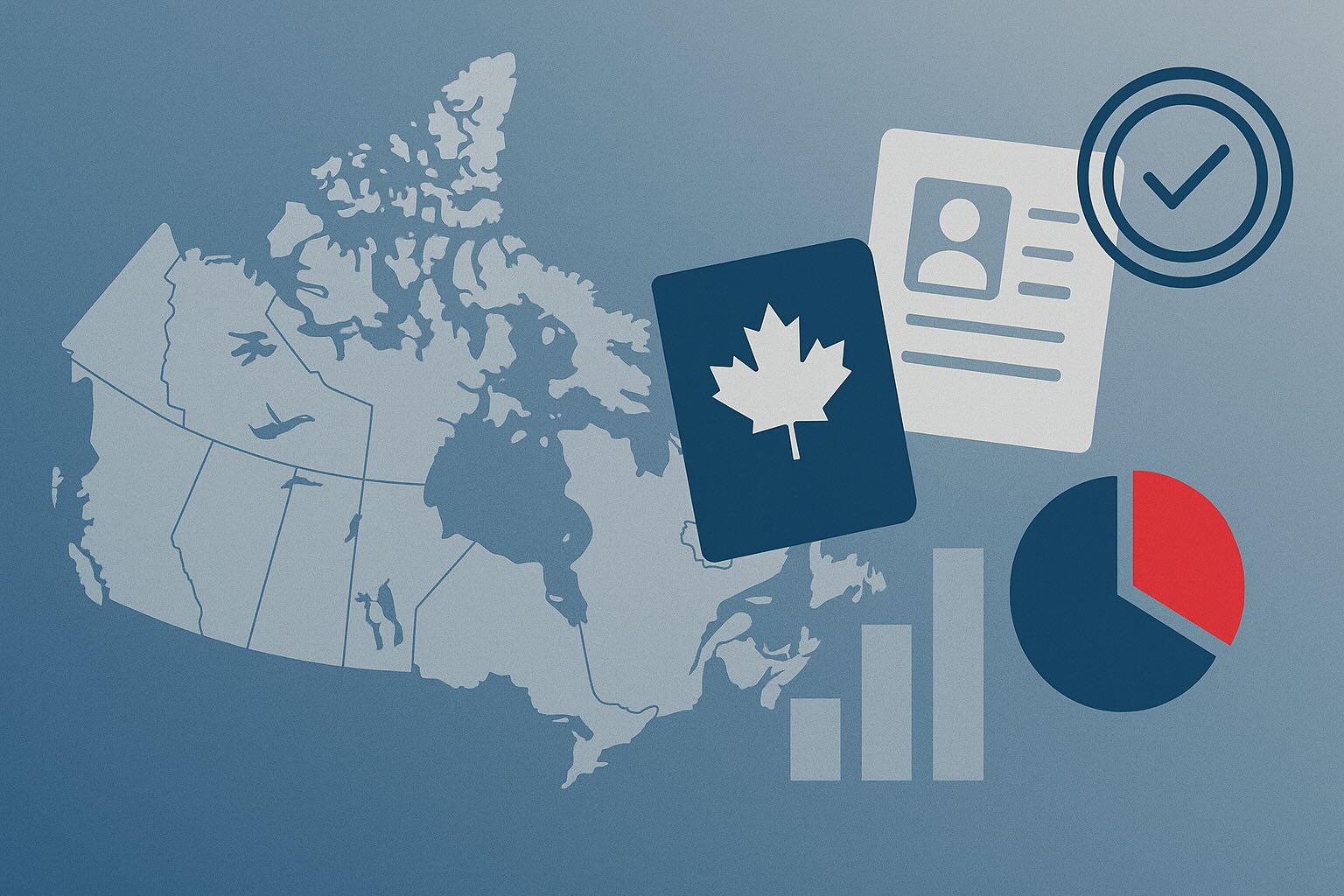
Canada’s 2026–2028 Immigration Levels Plan: Frequently Asked Questions (Q&A)
Q1: What are Canada’s immigration targets for the next three years?
Under the new 2026–2028 Immigration Levels Plan, Canada will admit about 380,000 new permanent residents annually in 2026, 2027, and 2028, with a range between 350,000 and 420,000.
Roughly 60% of these newcomers will enter through economic immigration programs such as Express Entry and the Provincial Nominee Program (PNP), while the rest will come under family reunification, humanitarian, and refugee categories.
Q2: Why did Canada choose “stabilization” instead of further expansion?
The federal government stated that rapid immigration growth in recent years has put pressure on housing, healthcare, and education systems.
Maintaining stable targets allows Canada to:
- Help newcomers integrate more smoothly into the workforce and communities;
- Give provinces time to expand housing and infrastructure;
- Keep population growth aligned with public service capacity.
This represents a shift in immigration strategy—from rapid expansion to sustainable long-term management.
Q3: Will economic immigration remain a top priority?
Yes. Economic-class immigration remains the foundation of Canada’s system.
- 2026: 239,800 admissions
- 2027 & 2028: 244,700 each year
These newcomers will enter primarily through Express Entry, PNP, and other federal programs. The focus is on filling labor shortages in construction, healthcare, technology, and skilled trades.
Q4: How will this affect temporary residents (international students and foreign workers)?
In 2026, Canada plans to admit 385,000 temporary residents (230,000 foreign workers and 155,000 international students).
By 2027 and 2028, that total will fall to 370,000.
This reduction shows the government’s intent to control temporary population growth, ease pressure on housing, and maintain labor supply stability.
In practice:
- International study permits will focus on “quality over quantity,” increasing competition for admission.
- Employers will face tighter foreign worker quotas and may need to plan ahead.
Q5: Will francophone immigration outside Quebec increase?
Yes. The plan raises the share of francophone immigrants outside Quebec as follows:
- 2026: 9% (≈30,267 people)
- 2027: 9.5% (≈31,825 people)
- 2028: 10.5% (≈35,175 people)
This reflects the federal government’s commitment to bilingualism and strengthening French-speaking communities across Canada.
Q6: What does this mean for Express Entry applicants?
With steady economic immigration levels, skilled worker categories—including the Federal Skilled Worker Program, Canadian Experience Class, and Federal Skilled Trades Program—will remain central pathways to permanent residence.
IRCC is expected to continue category-based draws over the next three years, focusing on candidates in:
- Healthcare and caregiving occupations
- STEM and engineering fields
- Construction and skilled trades
- French-speaking applicants
Tip for applicants: Keep your language test results valid, improve job alignment, and monitor PNP-linked opportunities.
Q7: Will the Provincial Nominee Program (PNP) change?
Yes. Each province will continue setting allocations based on federal targets.
Under this stabilization framework, PNPs will play a larger role in managing local labor needs and population growth.
Provinces are expected to prioritize:
- Temporary workers already employed locally;
- International graduates from provincial institutions;
- Candidates with clear long-term settlement intentions.
Q8: How will the plan affect employers and the labor market?
- For employers: With fewer temporary foreign workers available, companies will need to plan recruitment and nomination earlier.
- For the labor market: Stable economic immigration will support medium- and long-term labor demand, especially in healthcare and trades.
- In the short term: Some sectors—like retail and hospitality—may experience temporary staff shortages.
Q9: Will there be more opportunities for temporary residents to become permanent residents?
Yes. Between 2026 and 2027, Canada plans to transition 33,000 work permit holders to permanent residence through special pathways.
These individuals already contribute to local economies, pay taxes, and demonstrate strong community ties.
This highlights the government’s goal of retaining skilled workers who are already integrated into Canada’s labor market.
Q10: What should potential applicants do now?
- Evaluate your most suitable immigration pathway (Express Entry, PNP, or study-to-PR transition).
- Track provincial allocations and category-based draw trends.
- Improve your English or French language scores and occupational match.
- If you hold a study or work permit, start planning your permanent residency transition early.
Conclusion
The 2026–2028 Immigration Levels Plan is more than a numerical roadmap—it represents a strategic shift in Canada’s immigration vision. It emphasizes stability, quality, and balance as the cornerstones of future immigration management. As Canada enters a “stabilization era,” the next three years will be crucial for implementing this policy and aligning national and provincial priorities. For prospective immigrants, now is the ideal time to reassess your plans and seize emerging opportunities under this new framework.

